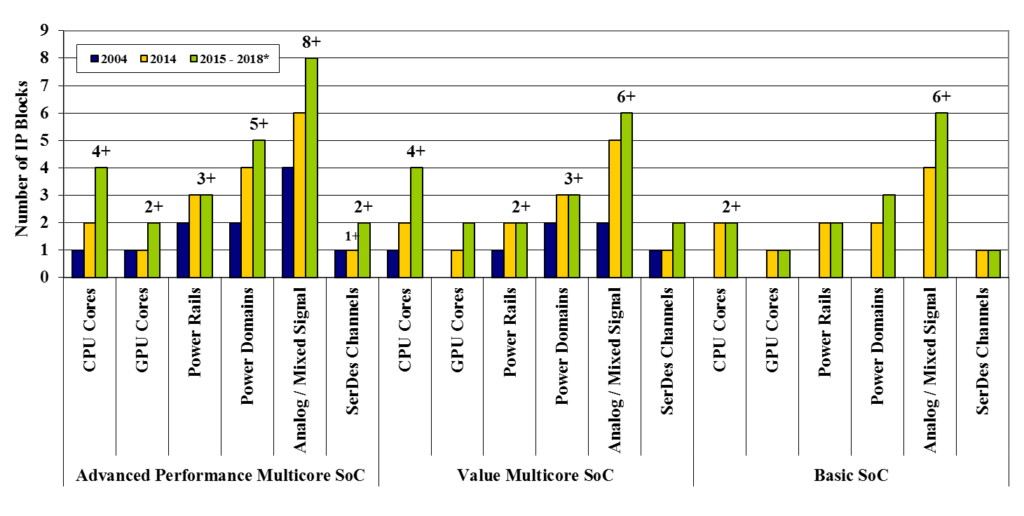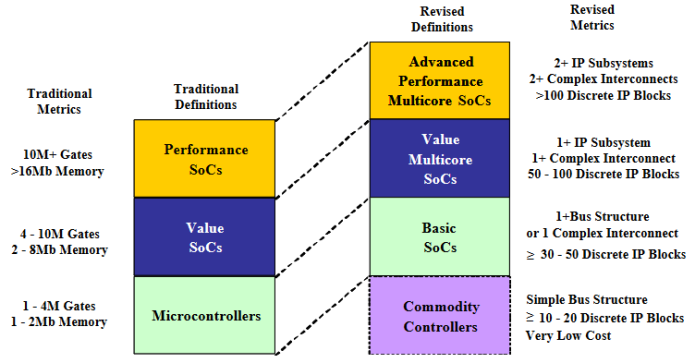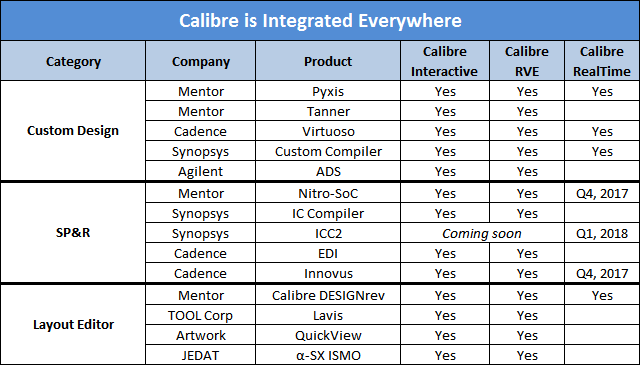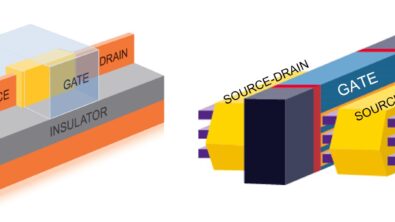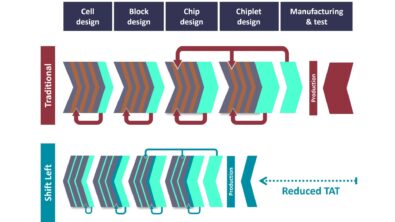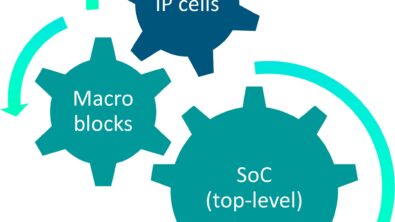Why Do Open and Supported Interfaces Matter More Than Ever?
By Michael Buehler-Garcia, Senior Director, D2S Calibre Marketing – Mentor, A Siemens Business
Tools must talk to each other as efficiently as possible, that’s where interfaces come in…
For as long as there has been a merchant EDA industry, customers have expected EDA companies to offer supported interfaces so those customers could put together flows with the point tools they prefer to use. Even today, in this age of EDA companies marketing all-in-one tool flows, it turns out that supported interfaces matter more than ever before. Why? The design complexity, tool flows and the methods customers employ to conquer design complexity are ever-evolving.
While the three big EDA firms all offer relatively complete all-in-one flows, and each would like to own the vast share of every point tool node, the reality of the market is that the complexity of today’s designs and silicon processes means design teams absolutely want the best tool for each given job. That’s not a big surprise, but what has changed is that instead of having just one brand of simulator, one synthesis tool, one custom design tool, one digital design tool, they’ll use multiple brands. They may favor one vendor’s design suite for small digital blocks, another vendor’s tool suite for larger blocks, and a third vendor’s tool suite for stitching all those blocks together in a full-chip design. Plus, there’s another whole suite of tools for custom design, with a completely different database and data model.
What’s more, this affinity for multiple brands applies to an increasing number of steps in the design process, from the beginning of schematic capture all the way to extraction, where smaller blocks may be better suited to field solver solutions, and larger blocks better suited to table-based tools. What that means, at a minimum, is that all these tools must talk to each other.
And, they not only need to talk to one another, they must do so in a manner in which they run as efficiently (as fast) as possible, because no two design groups use the exact same mix of tools and follow the same methodology, even if they work for the same division of an IC design company.
At the end of the day, EDA vendors have to understand that engineering teams have one major goal: to get working ICs shipped to market on time. And today that task is harder than ever.
Let’s also consider the fact that when we talk about increasing design complexity, we are not just talking about designs at the most advanced technologies. The complexity of designs being targeted at established process nodes is also increasing.
Design Complexity Growth – 65nm
Source: Semico Research Corporation, Is Complexity Increasing for Design Done at Older Process Geometries: An Analysis of Design Complexity
Trends
- Average number of IP blocks is growing with a CAGR of 12.3%
- Adv. Perf. SoCs CAGR: 13.5%
- Multicore SoCs CAGR: 13.9%
- Basic SoCs: CAGR 9.3%
- More power: rails, domains, islands
- More analog mixed signal
- More polygons
- Reliability requirements
Source: Semico Research Corporation, Is Complexity Increasing for Design Done at Older Process Geometries: An Analysis of Design Complexity
Semico published a white paper that details this increasing complexity at established process nodes[BM1] .
So what does this mean in the context of interfaces? It means that design teams are adding new EDA tools, like field solver-based extraction and advanced reliability checking software, into the design flows they “froze” years ago. To do that, these new EDA tools need to interface seamlessly with the rest of the design flow.
Mentor’s always received the “best in class” message loud and clear. While our openness has been a key reason our Calibre portfolio has been so successful, perhaps what’s not so well publicized is that we also go the extra mile to ensure that not only do our tools communicate with the tools and systems from our customers, EDA vendors, foundries, and outsourced assembly and test (OSAT) houses, but that these interfaces also work optimally with the broadest range of use models.
This continued focus in supported interfaces allows Mentor to offer the Calibre platform in multiple configurations to best suit the needs of a wide variety of customers, from small mixed-signal design consulting firms running single licenses, to large digital SoC enterprises running Calibre on massive server farms using as many CPUs as needed for maximum performance and TTM.

